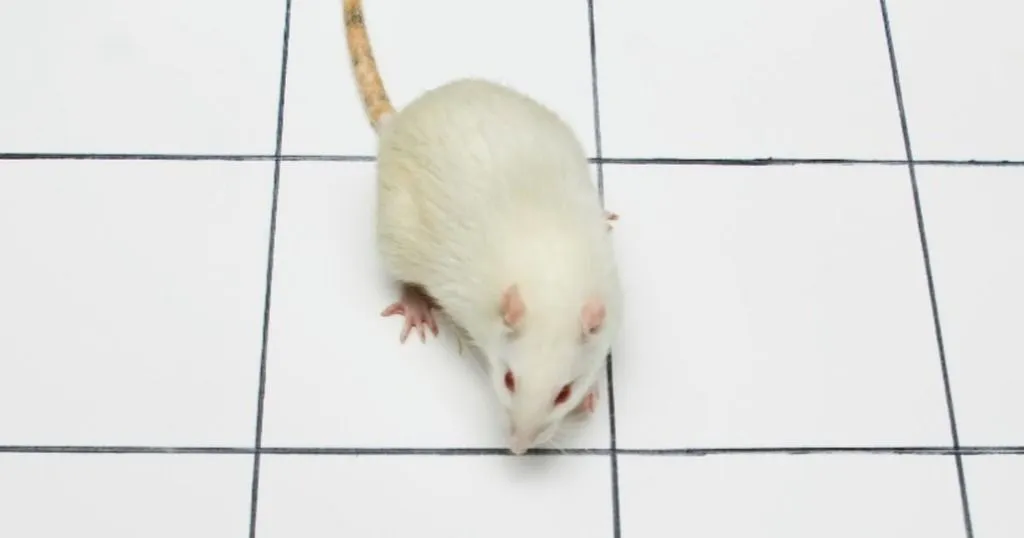Side effects of L-DOPA investigated in parkinsonian rats
These studies specifically investigate the long-term effects of L-DOPA or levopoda, a common clinical treatment for Parkinson's disease, with which many patients struggle.
Posted by
Published on
Mon 16 Feb. 2015
Topics
| Behavior Recognition | EthoVision XT | Parkinson's Disease | PhenoTyper | Video Tracking |

Just recently, I blogged about a Parkinson’s disease (PD) study that compared the locomotion of Parkinsonian rats to those of human patients using automated gait analysis. Following up on that, this time I would like to highlight two recent Parkinson’s studies that use video tracking for their behavioral analysis. These studies specifically investigate the long-term effects of L-DOPA or levopoda, a common clinical treatment for PD, with which many patients struggle.
Side effects of common PD treatment
Shortage of dopamine in the brain is the well-known cause of PD. L-DOPA (levodopa) is often used to treat PD, but while it initially compensates for the dopamine deficiency, inhibitory feedback eventually leads to more dopamine depletion, resulting in dyskinesia (involuntary muscle movements), motor fluctuations, and the ‘wearing-off’ of the effects of the medication.
Open field motor and exploratory behaviors
In 2014, Susanne Nikolaus and her colleagues published their research on the influence of L-DOPA on the binding of dopamine to its receptor in relation to motor and exploratory behavior in rats. Nikolaus tested two different dosages of the drug. To assess behaviors, an open field set-up (PhenoTyper) and automated video tracking software were used. The distance travelled was monitored by EthoVision XT and in addition, several specific behaviors were rated: ambulation, sitting still, rearing, head-shoulder motility to assess motor activity and non-selective attention, and grooming*.
More drugs is more dopamine and less activity
Treated animals showed less head-shoulder motility and more sitting, and imaging of dopamine receptor binding (DAT imaging) indicated an association between this decrease in activity and an increased availability of dopamine. Both doses of the drug reduced the binding of dopamine to its receptor and made the animals less active in a dose-depended manner. The findings also suggest that the decline in activity after L-DOPA administration may be due to the drug’s effect on the rate of behavioral habituation to a novel environment.
Are the side effects of L-DOPA linked?
In another study on L-DOPA, Stefania Sgroi and her colleagues (2014) investigated the link between the long-term side effects, dyskinesia and motor fluctuations. Spontaneous motor activity in rats was measured before PD-inducing surgery and before treatment, during treatment, and after treatment with L-DOPA.
Open field activity testing
To measure activity, rats performed an open field test for two periods of 15 minutes. During these tests, they were video-taped, and their activity was automatically measured by EthoVision XT video tracking. The variables included total distance moved, mean velocity, maximum distance moved, and frequency of full rotations.
Different neural mechanisms
The researchers found no correlation between the dyskinesia and spontaneous locomotor activity. Interestingly, an L-DOPA withdrawal effect was observed, with motor performance being worse after the treatment than before the start of the treatment. This suggests that different neural mechanisms underlie these two long-term effects of L-DOPA usage.
Automatic behavior recognition
Nikolaus and her colleagues used a set of distinct behavioral markers in their study, including rearing, resting, and grooming. Did you know that these and other behaviors can be automatically identified with EthoVision XT video tracking? You can read about Automatic Rat Behavior Recognition on our website.
References
- Nikolaus, S.; Beu, M.; De-Souza-Silva, M.A.; Huston, J.P.; Hautzel, H.; Chao, O.Y.; Antke, C.; Müller, H.W. (2014). Relationship between L-DOPA-induced reduction in motor and exploratory activity and degree of DAT binding in the rat.Frontiers in Behavioral Neuroscience,8(431), doi: 10.3389/fnbeh.2014.00431
- Sgroi, S.; Kaelin-Lang, A.; Capper-Loup, C. (2014). Spontaneous locomotor activity and L-DOPA-induced dyskinesia are not linked in 6-OHDA parkinsonian rats.Frontiers in Behavioral Neuroscience, 8(331), doi: 10.3389/fnbeh.2014.00331
Related Posts

A 5-HT1A agonist and NMDA antagonist against Parkinson’s disease

How researchers use the Morris water maze to find treatments for Alzheimer's

